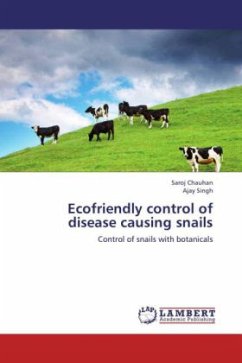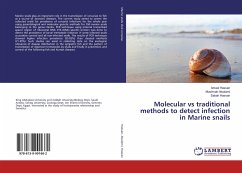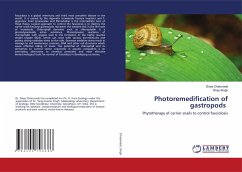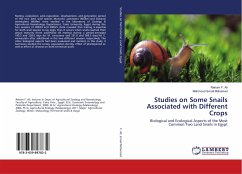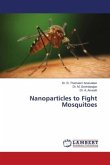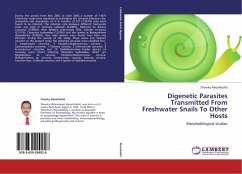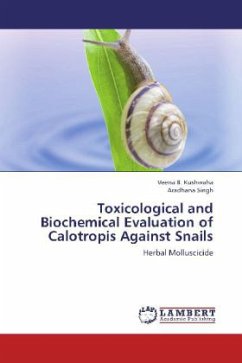Mollusk is the second largest group of invertebrate in variety, after insect, occupying all possible habitats except aerial. Species of the Lymnaidae family as Lymnaea acuminata are known for their role as intermediate hosts in the life cycle of trematode Fasciola hepatica or F. gigantica. They are causing fascioliasis and schistosomiasis diseases in both human as well as in livestock, are wide spread in the world especially in developing countries. The success of Fasciola hepatica and Fasciola gigantica as a parasite is related its ability to infect and complete its lifecycle in wide range of mammalian hosts. A better way to tackle the problem of schistosomiasis and fascioliasis is to destroy the carrier snails and remove an essen tial link in the life cycle of the flukes. This can be achieved with the aid of synthetic molluscicides or alternatively, with molluscicides from plant origin. Plant origin molluscicides are eco-friendly, highly effective, biodegradable and easily available, safe for mankind and environment both. In this study two plants Lantana indica & Alstonia scholaris, were taken to explore the full potential of these local plants against freshwater aquatic snails.

